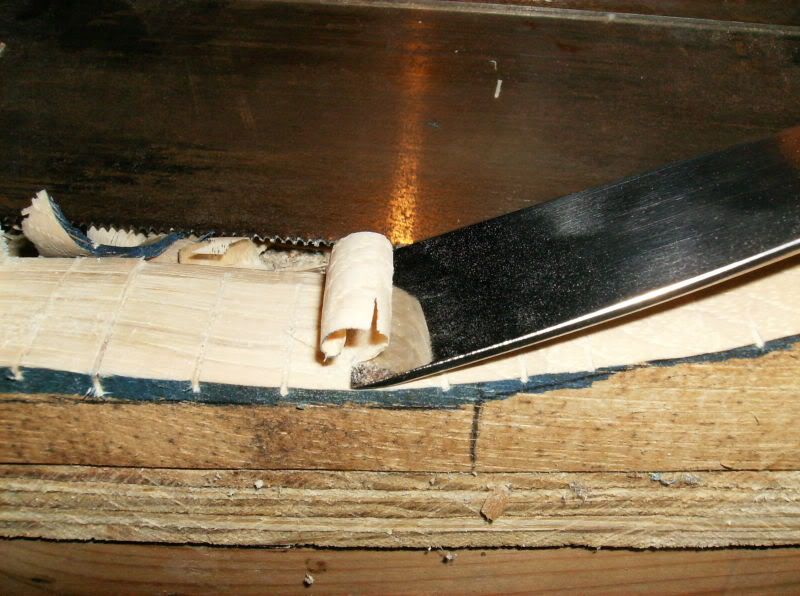I will be participating in a TWA workshop this weekend on decorative carving for furniture. Paul Rolfe will be instructing, and I am looking forward to learning about yet another slippery slope.
My question is which carving tools would you recommend acquiring as a "basic" set. There are so many different chisels for carving, and each type has numerous sizing options. Like most quality tools, they aint cheap. So how do you narrow the selection down? Are there 6 to 8 tools that allow you to tackle the majority of projects one would be looking at while learning? I was told that the packaged beginner sets usually include things that may be critical. I've seen this before with other woodworking related kits.
Also, for the carvers here, have you seen any recent deals out there for individual tools?
Thanks,
Mike
My question is which carving tools would you recommend acquiring as a "basic" set. There are so many different chisels for carving, and each type has numerous sizing options. Like most quality tools, they aint cheap. So how do you narrow the selection down? Are there 6 to 8 tools that allow you to tackle the majority of projects one would be looking at while learning? I was told that the packaged beginner sets usually include things that may be critical. I've seen this before with other woodworking related kits.
Also, for the carvers here, have you seen any recent deals out there for individual tools?
Thanks,
Mike

